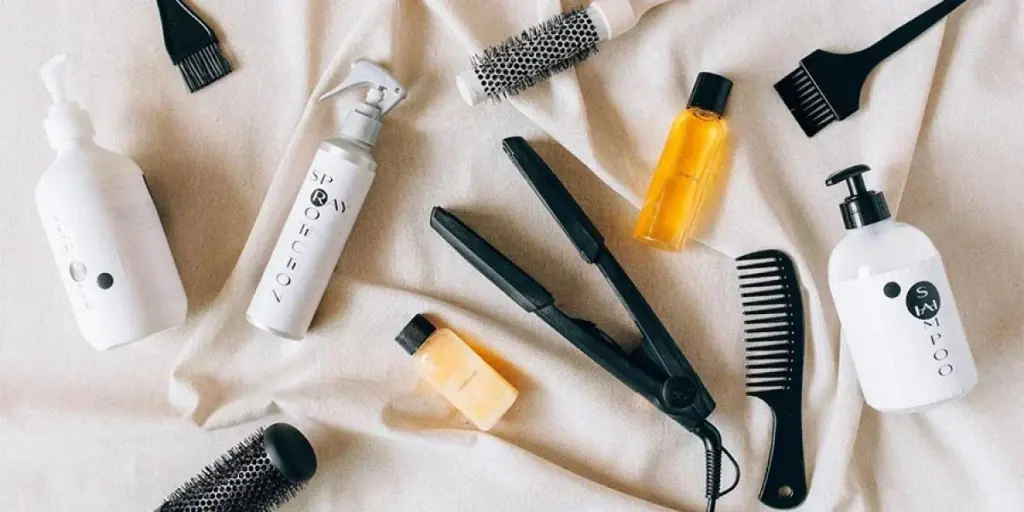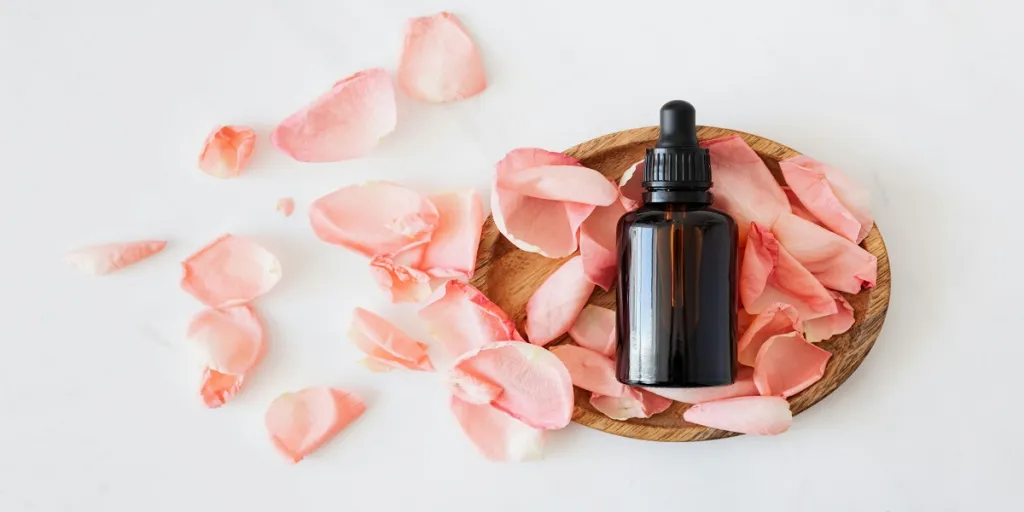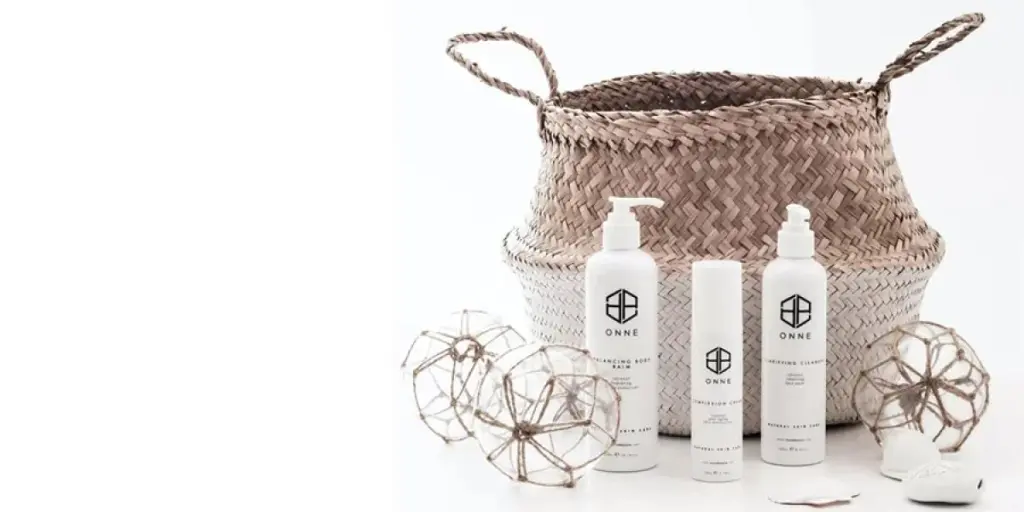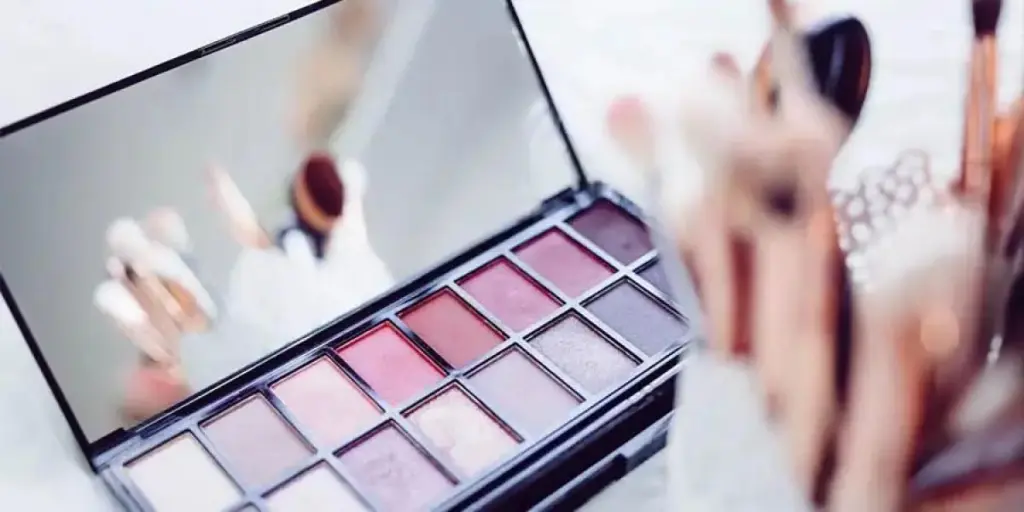In 2025, the temporary hair color market is experiencing unprecedented growth, driven by evolving consumer preferences and innovative product offerings. As individuals increasingly seek ways to express their unique identities, temporary hair color has emerged as a popular choice for those looking to experiment with bold and vibrant shades without long-term commitment. This article delves into the market dynamics, key statistics, and consumer behavior trends shaping the future of temporary hair color.
Table of Contents:
– Market Overview of Temporary Hair Color Products
– The Rise of Customizable Hair Color Solutions
– The Influence of Social Media on Temporary Hair Color Trends
– The Shift Towards Health-Conscious Hair Color Products
– Conclusion: Embracing the Future of Temporary Hair Color
Market Overview of Temporary Hair Color Products
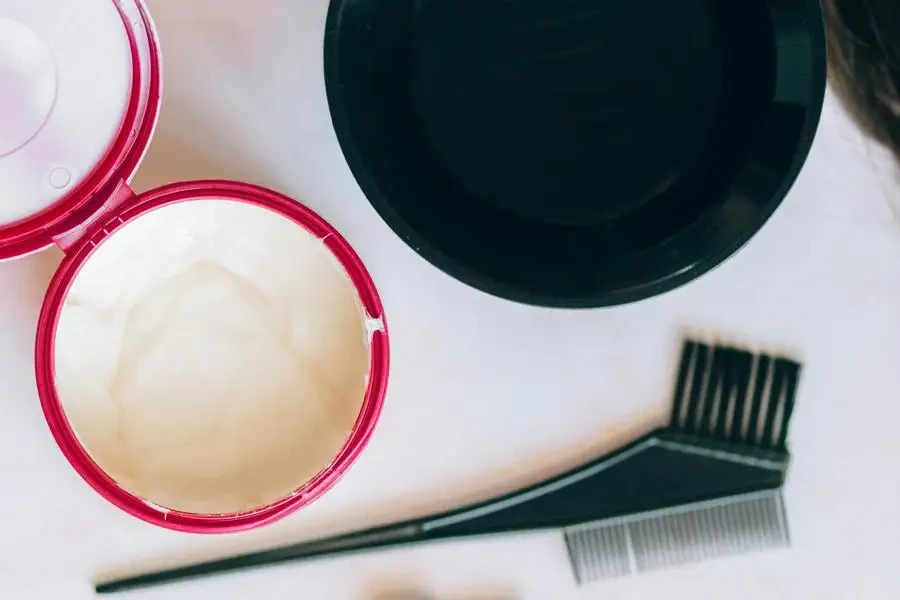
Key Market Statistics and Growth Projections
The global hair color market, which includes temporary hair color products, has seen significant expansion in recent years. According to a professional report, the market was valued at USD 23.24 billion in 2022 and is projected to grow at a compound annual growth rate (CAGR) of 7.23% until 2028. This robust growth is fueled by the increasing demand for personalized and customizable hair color solutions. Temporary hair color, in particular, is gaining traction due to its flexibility and ease of use, allowing consumers to experiment with different looks without the permanence of traditional dyes.
The novelty hair color segment, which encompasses vibrant and unconventional shades, is expected to reach USD 18.5 billion by 2030, growing at a remarkable CAGR of 14.7% from 2023 to 2030. This surge is attributed to the rising popularity of bold colors such as neon pinks, blues, and purples, driven by social media influencers and fashion-forward individuals. The temporary hair color market is poised to capitalize on this trend, offering a wide range of products that cater to the growing appetite for self-expression through hair color.
Insights into Market Dynamics and Consumer Behavior
The temporary hair color market is characterized by dynamic consumer behavior and evolving preferences. As individuality becomes a celebrated aspect of modern culture, consumers are increasingly seeking hair color products that allow them to express their unique personalities and styles. This shift has led to the development of innovative tools such as virtual try-on applications and color-matching technologies, enabling consumers to experiment with different shades before making a purchase. Brands are also expanding their color palettes to include a diverse array of shades that cater to various skin tones and cultural backgrounds, promoting inclusivity and personalization.
One of the most intriguing trends within the temporary hair color market is the growing acceptance and celebration of gray and silver hair. Once associated solely with aging, these shades have now become symbols of confidence and authenticity. Consumers are embracing their natural graying process and opting to enhance their silver strands with specialized products designed to maintain and highlight these hues. This trend reflects a broader cultural shift towards embracing natural beauty and defying traditional beauty standards.
The convenience and accessibility of at-home hair coloring solutions have also contributed to the rise of the temporary hair color market. With the advent of user-friendly application techniques and comprehensive tutorials, consumers are increasingly experimenting with hair color from the comfort of their homes. This DIY trend has been further amplified by the pandemic, as individuals sought creative ways to transform their appearance while staying indoors. Brands have responded by offering a variety of temporary hair color products that are easy to apply and remove, catering to the growing demand for at-home hair transformations.
In conclusion, the temporary hair color market is thriving in 2025, driven by a combination of innovative product offerings, evolving consumer preferences, and a cultural shift towards self-expression and individuality. As the market continues to grow, businesses in the beauty industry must stay attuned to these trends and adapt their strategies to meet the diverse needs of their customers.
The Rise of Customizable Hair Color Solutions

Personalized Hair Color Kits Gaining Popularity
In 2025, the hair color market is experiencing a significant shift towards personalized and customizable solutions. Consumers are increasingly seeking hair color products that cater to their unique preferences, moods, and styles. This trend is driven by the desire for individuality and self-expression, as people move away from one-size-fits-all hair color options. According to a professional report, brands are now offering a wider spectrum of shades to cater to diverse skin tones, ethnicities, and cultural backgrounds, promoting inclusivity and enabling consumers to find their perfect match.
One notable example is the rise of personalized hair color kits. These kits allow consumers to mix and match different shades to create a custom color that suits their specific needs. Brands like eSalon and Madison Reed have capitalized on this trend by offering personalized hair color kits that are tailored to each customer’s hair type, color history, and desired outcome. These kits often come with detailed instructions and tools to ensure a professional-quality result at home.
Moreover, advancements in technology have played a crucial role in the popularity of personalized hair color kits. Virtual try-on tools and color-matching technologies enable consumers to experiment with different shades before committing to a specific color. This not only enhances the shopping experience but also reduces the risk of dissatisfaction with the final result. As a result, personalized hair color kits are becoming a staple in the beauty and personal care industry, catering to the growing demand for customization and self-expression.
Technology-Driven Innovations in Temporary Hair Color
The temporary hair color segment has seen remarkable technological advancements, making it easier for consumers to experiment with bold and unconventional shades without long-term commitment. Temporary hair color products, such as sprays, chalks, and wash-out dyes, offer a convenient and damage-free way to change hair color frequently. These products are particularly popular among younger consumers who enjoy experimenting with their appearance and keeping up with the latest trends.
One of the key innovations in this segment is the development of temporary hair color products with enhanced performance features. For instance, some products now offer UV ray protection, scalp care, and moisturizing benefits, making them more appealing to health-conscious consumers. Brands like L’Oréal and Henkel have introduced temporary hair color sprays that not only provide vibrant colors but also nourish and protect the hair.
Additionally, the convenience and ease of use of temporary hair color products have contributed to their growing popularity. These products can be applied quickly and easily at home, allowing consumers to achieve salon-quality results without the need for professional assistance. The ability to experiment with different colors and styles on a whim has made temporary hair color products a favorite among fashion-forward individuals looking to make a statement.
The Influence of Social Media on Temporary Hair Color Trends
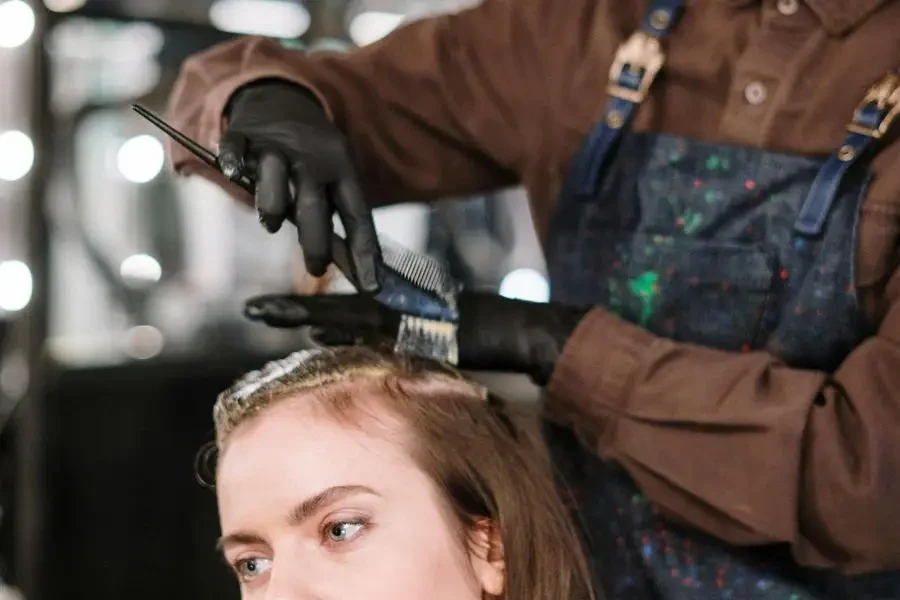
Viral Hair Color Trends on Platforms like TikTok and Instagram
Social media platforms like TikTok and Instagram have become powerful drivers of hair color trends, particularly in the temporary hair color segment. Viral challenges, tutorials, and influencer endorsements have a significant impact on consumer behavior, inspiring millions to try new and daring hair colors. The visual nature of these platforms makes them ideal for showcasing bold and vibrant hair transformations, encouraging users to experiment with their looks.
One of the most notable trends driven by social media is the popularity of pastel and neon hair colors. Influencers and celebrities frequently share their hair color transformations, often using temporary dyes to achieve eye-catching results. For example, the #RainbowHairChallenge on TikTok saw users creating multi-colored hair looks using temporary hair color sprays and chalks. This trend quickly gained traction, with thousands of users participating and sharing their own versions of the rainbow hair look.
Moreover, social media platforms provide a space for users to share their experiences and reviews of different hair color products. This user-generated content serves as valuable social proof, influencing others to try the same products. Brands have recognized the power of social media and often collaborate with influencers to promote their temporary hair color products. These collaborations not only boost brand visibility but also drive sales by tapping into the influencers’ loyal follower base.
Influencer Collaborations and Their Impact on Consumer Choices
Influencer collaborations have become a cornerstone of marketing strategies for hair color brands, particularly in the temporary hair color segment. By partnering with popular influencers, brands can reach a wider audience and build credibility among consumers. Influencers often share their personal experiences with the products, providing authentic and relatable content that resonates with their followers.
For instance, brands like Arctic Fox and Manic Panic have successfully leveraged influencer collaborations to promote their temporary hair color products. Influencers create engaging content, such as tutorials and before-and-after transformations, showcasing the versatility and vibrancy of the products. These collaborations often result in a surge in demand, as followers are inspired to replicate the influencers’ looks.
Furthermore, influencer collaborations help brands stay relevant and connected to the latest trends. Influencers are often at the forefront of fashion and beauty trends, making them valuable partners for brands looking to stay ahead of the curve. By aligning with influencers who embody their brand values and aesthetics, hair color brands can effectively capture the attention of trend-conscious consumers and drive sales.
The Shift Towards Health-Conscious Hair Color Products
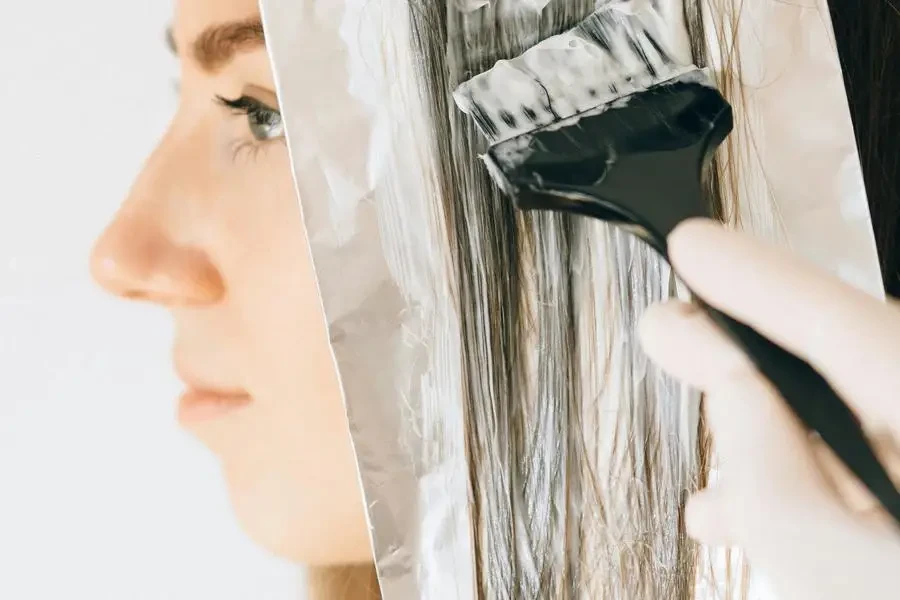
Demand for Ammonia-Free and Gentle Formulations
As consumers become more health-conscious, there is a growing demand for hair color products that are free from harsh chemicals and gentle on the hair and scalp. Traditional hair color products often contain ammonia, peroxide, and other chemicals that can cause damage and irritation. In response to this concern, brands are developing ammonia-free and low-ammonia formulations that offer vibrant color without compromising hair health.
For example, L’Oréal’s Inoa range and Garnier’s Olia line are popular choices among consumers seeking ammonia-free hair color options. These products use oil-based delivery systems to achieve long-lasting color while nourishing the hair. The shift towards gentler formulations is not only driven by consumer demand but also by advancements in formulation technology that allow for effective and safe hair coloring.
Additionally, the rise of natural and organic hair color products reflects the broader trend towards clean beauty. Consumers are increasingly seeking products that are free from synthetic chemicals and made with natural ingredients. Brands like Naturtint and Herbatint offer hair color products that are formulated with plant-based ingredients, providing a safer and more eco-friendly alternative to traditional hair dyes.
Growth of Vegan and Cruelty-Free Temporary Hair Colors
The demand for vegan and cruelty-free beauty products has extended to the hair color market, with consumers seeking ethical and sustainable options. Vegan hair color products are free from animal-derived ingredients, while cruelty-free products are not tested on animals. This shift towards ethical beauty is driven by increased awareness of animal welfare and environmental sustainability.
Brands like Arctic Fox and Good Dye Young have gained popularity for their commitment to vegan and cruelty-free formulations. These brands offer a wide range of temporary hair color products that cater to the growing demand for ethical beauty. By prioritizing transparency and ethical practices, these brands have built a loyal customer base that values sustainability and animal welfare.
Moreover, the growth of vegan and cruelty-free hair color products is supported by the broader trend towards conscious consumerism. Consumers are increasingly making purchasing decisions based on their values and beliefs, seeking products that align with their ethical standards. As a result, the market for vegan and cruelty-free hair color products is expected to continue growing, driven by the demand for ethical and sustainable beauty solutions.
Conclusion: Embracing the Future of Temporary Hair Color
In conclusion, the temporary hair color market is evolving rapidly, driven by trends such as personalization, social media influence, and health-conscious formulations. Brands are innovating to meet the diverse needs of consumers, offering customizable, technology-driven, and ethical hair color solutions. As individuality and self-expression continue to be celebrated, the future of temporary hair color looks vibrant and promising, with endless possibilities for creativity and experimentation.

